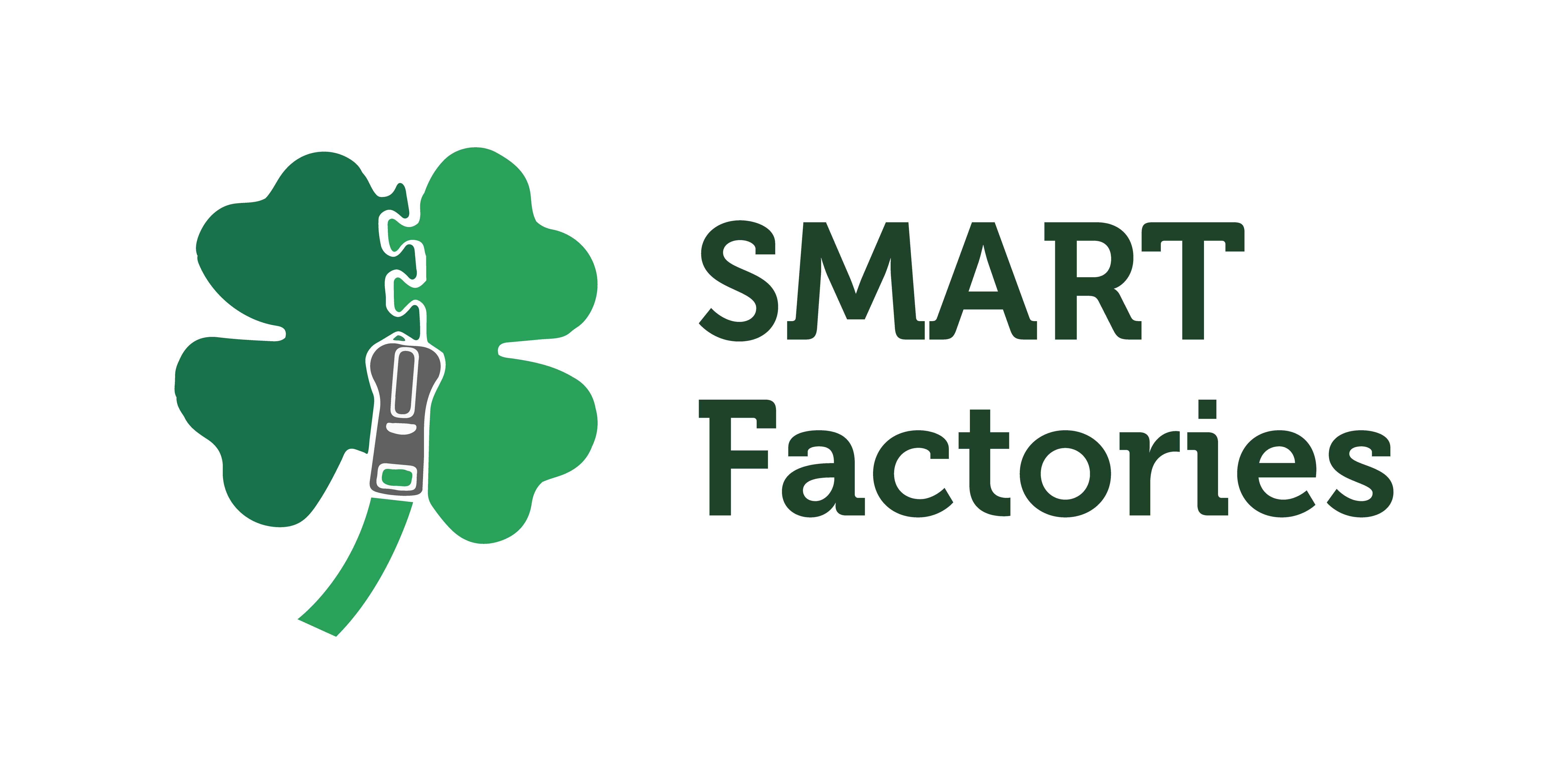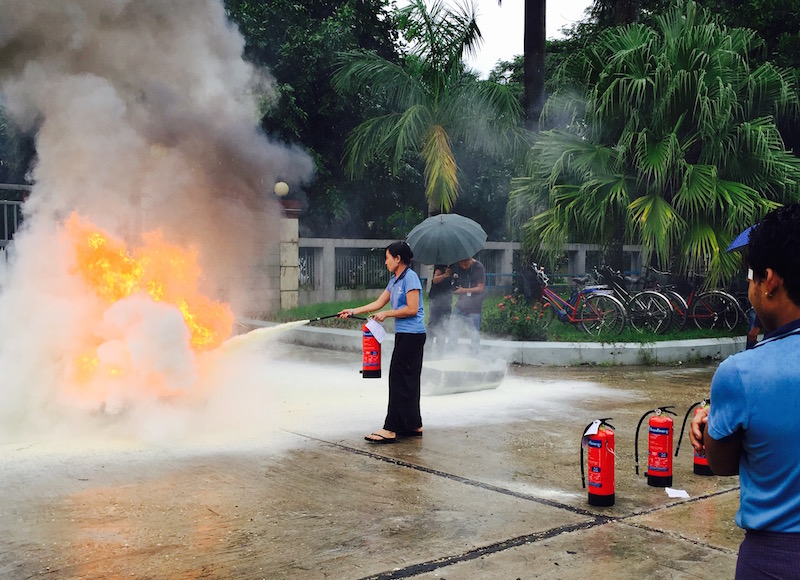Column written by Jacob A. Clere, Team Leader Tomorrow is "World Day for Safety and Health at Work". Although every single day should be about maintaining a safe and healthy workplace, tomorrow is a good time to give some deeper thought to your workplace health & safety practices. Is your company safe? Are your employees happy & healthy?
April 28th is 'World Day for Safety & Health at Work'
Above is a photo from a fire safety training we organized with one of the factories in our SMART Social Compliance Academy™. Ensuring effective OHS systems is critically important when managing a garment factory. Fire safety, personal protective equipment, medical response ability, chemical safety, workplace ergonomics - - the list goes on. Whereas safety is already important for a company with 10 employees, safety should be 100 times as important for a factory with 1,000 employees. Managing a large company entails substantial responsibilities. Our team of technical experts works with factories on improving OHS issues nearly every day. Here is a list of actionable items which we find are "quick wins" and relatively easy to implement to improve your workplace health & safety: • Conduct a fire drill with your staff. Also, if you don't already do it, put in place a target/goal for regular fire drills (i.e. twice per year). • Review your chemical safety procedures – make sure any potentially dangerous chemicals are stored safely in a dedicated area with nearby MSDS sheets for each chemical. Chemicals should never be stored in unlabeled or wrongly labeled bottles. • Regularly inspect and review your company's emergency exits – are all emergency pathways kept clear of obstacles and all exit doors kept unlocked during all working hours? Are emergency exits clearly indicated with signs and arrows? • Personal protective equipment – review if all workers have easy access to personal protective equipment. Ensure a manager is responsible for requiring employees to use PPE and try to purchase PPE which is comfortable to use. • Boiler safety and generator safety – is your boiler situated a safe distance away from your factory building? Is your generator? Are both situated and designed so as not to emit hazardous exhaust fumes close to the workplace facility? Also, make sure your boiler is inspected regularly according to the terms of Myanmar's 2015 boiler inspection law. • Electrical safety - are all electric boxes and wires properly sealed, marked and maintained by a qualified electrician? Exposed wires, overdrawn voltage and fabric are a dangerous combination we sometimes encounter at factories in Myanmar. If this is your current set-up, hire a qualified electrician and get it fixed properly. It's well worth it. • Ventilation - is sufficient fresh air available in the facility? Are workers wearing masks to prevent them from breathing in dangerous particulates? Are particulates and hazardous dust kept confined in sealed areas of the factory? This can be especially important in Myanmar for the factories dealing with down feathers and poly padding. • Ergonomics - download the ILO's "ergonomics checkpoints" smartphone app. These are just some of the topics to consider. If you run a factory in Myanmar or if you source garments from a factory in Myanmar you may contact our team to receive advice or support. We run a regular and intensive program for comprehensive OHS support, and we also conduct regular ad hoc trainings, workshops and seminars.









